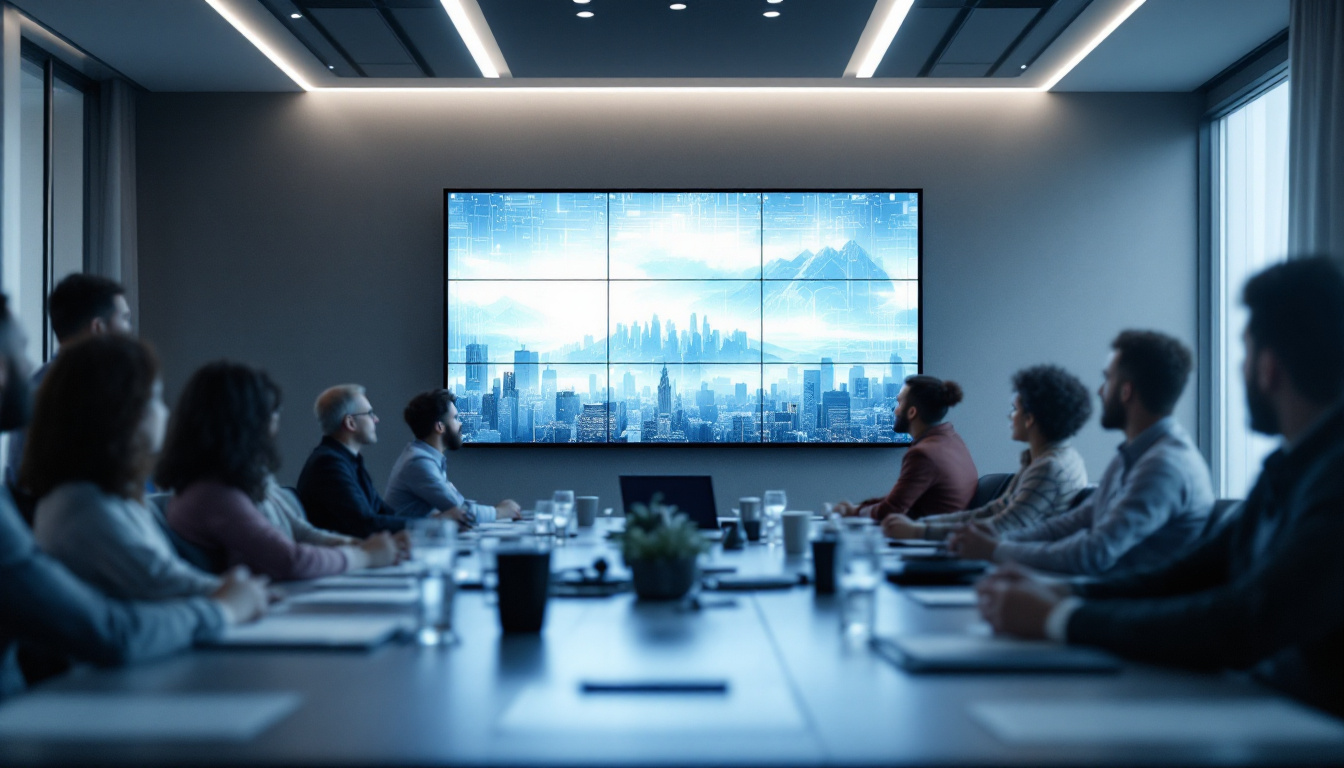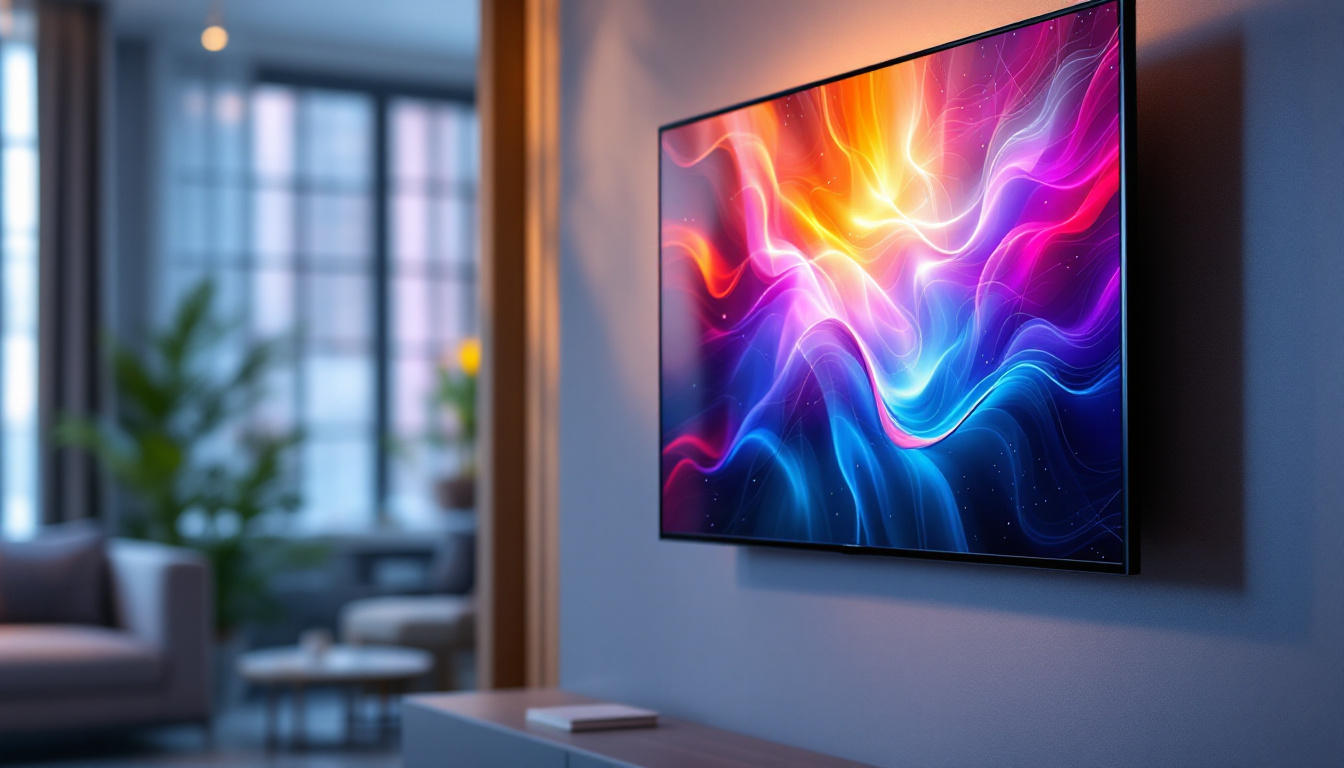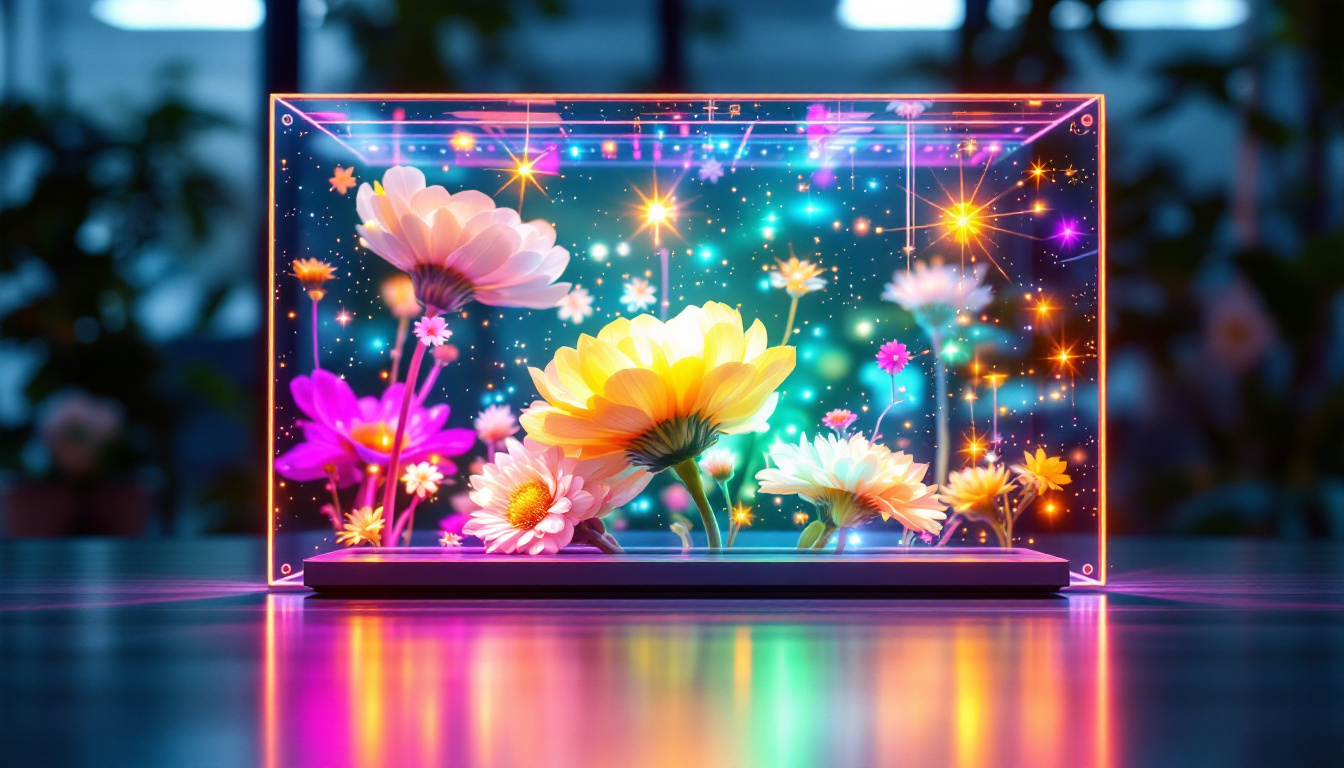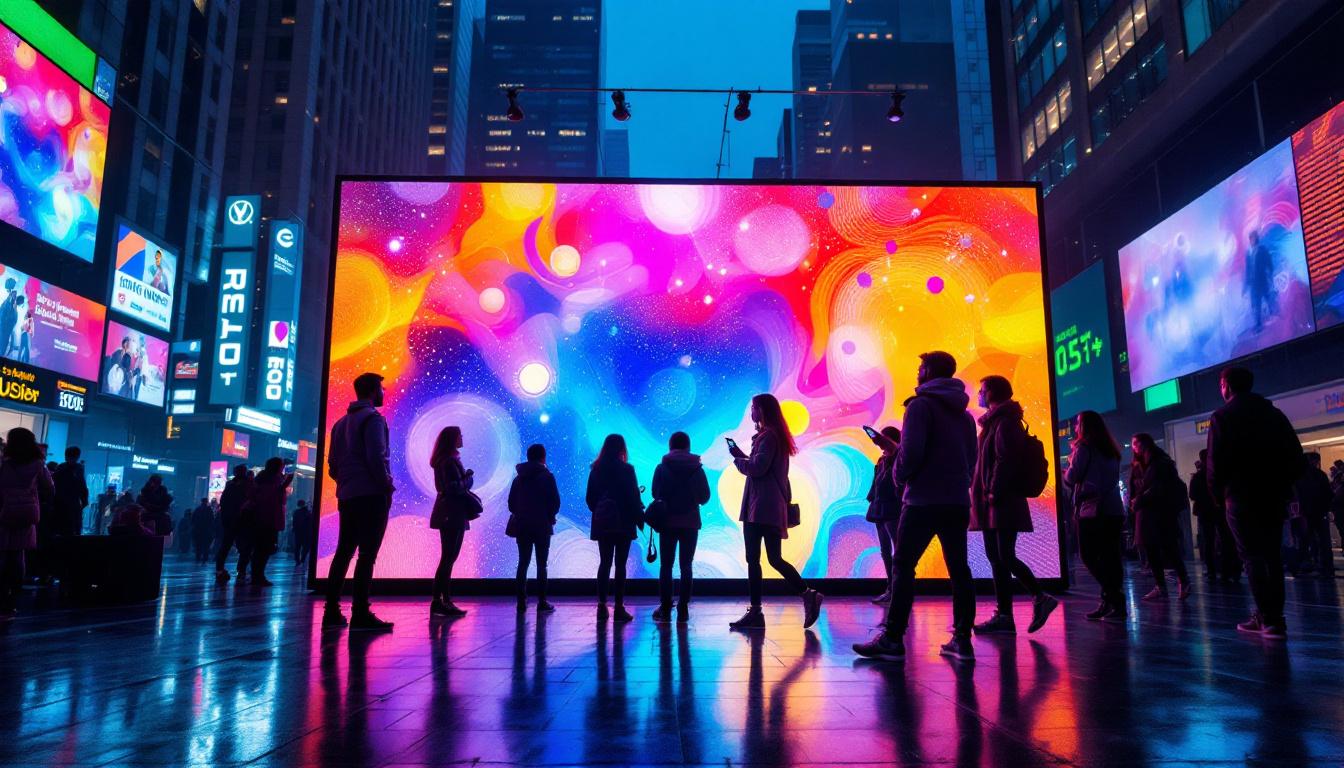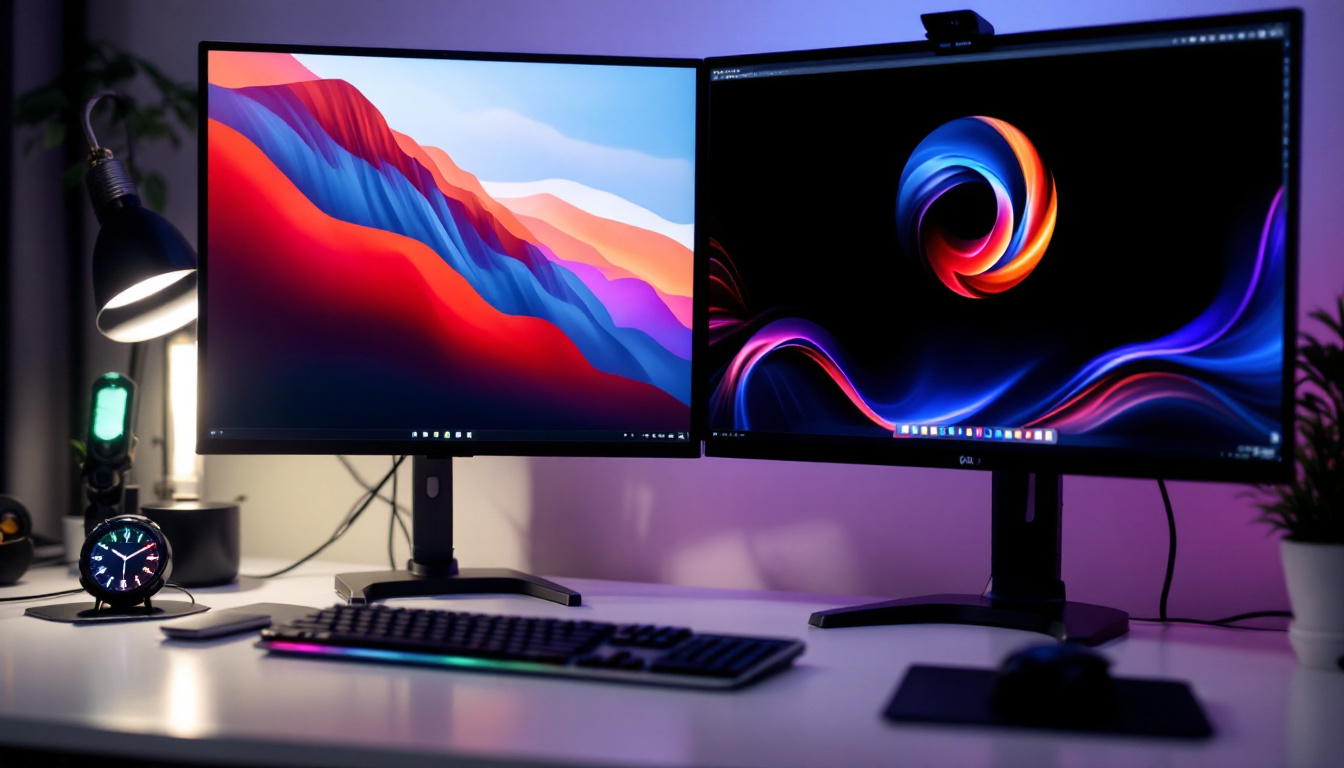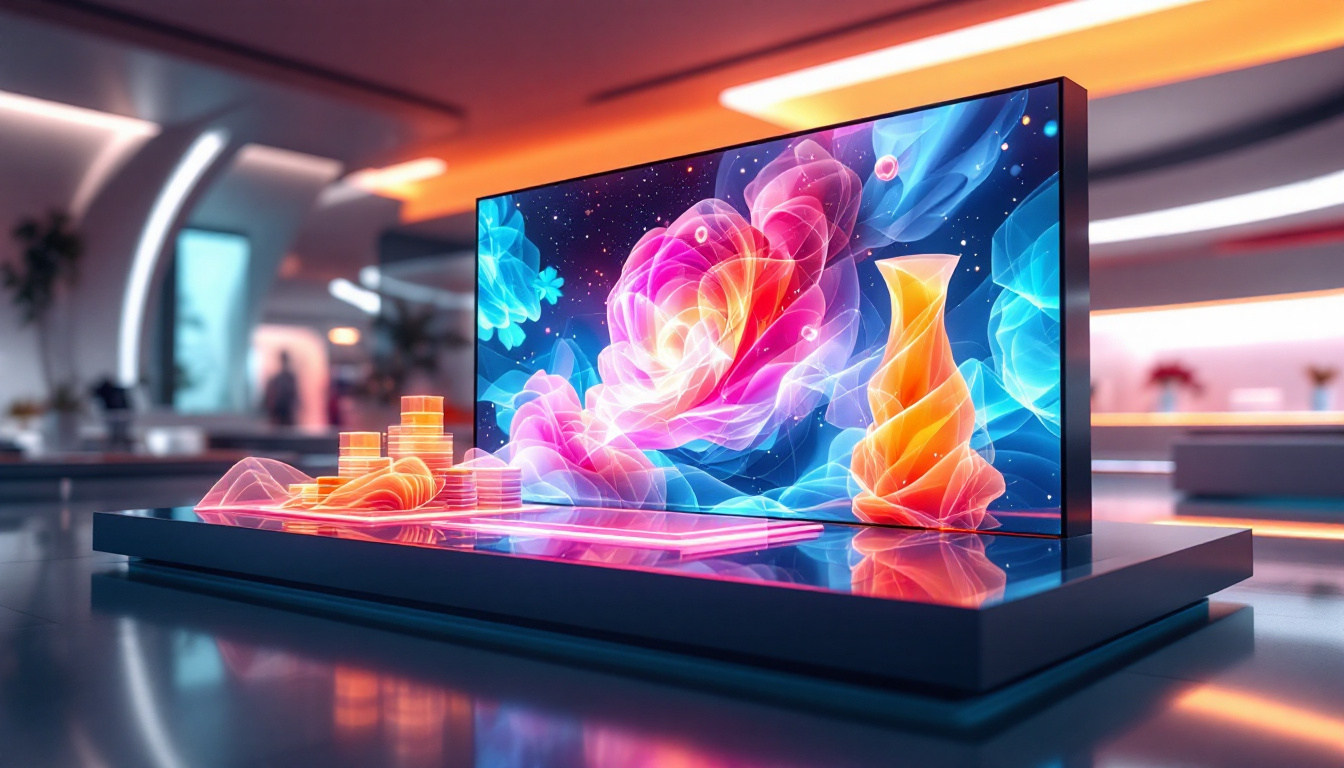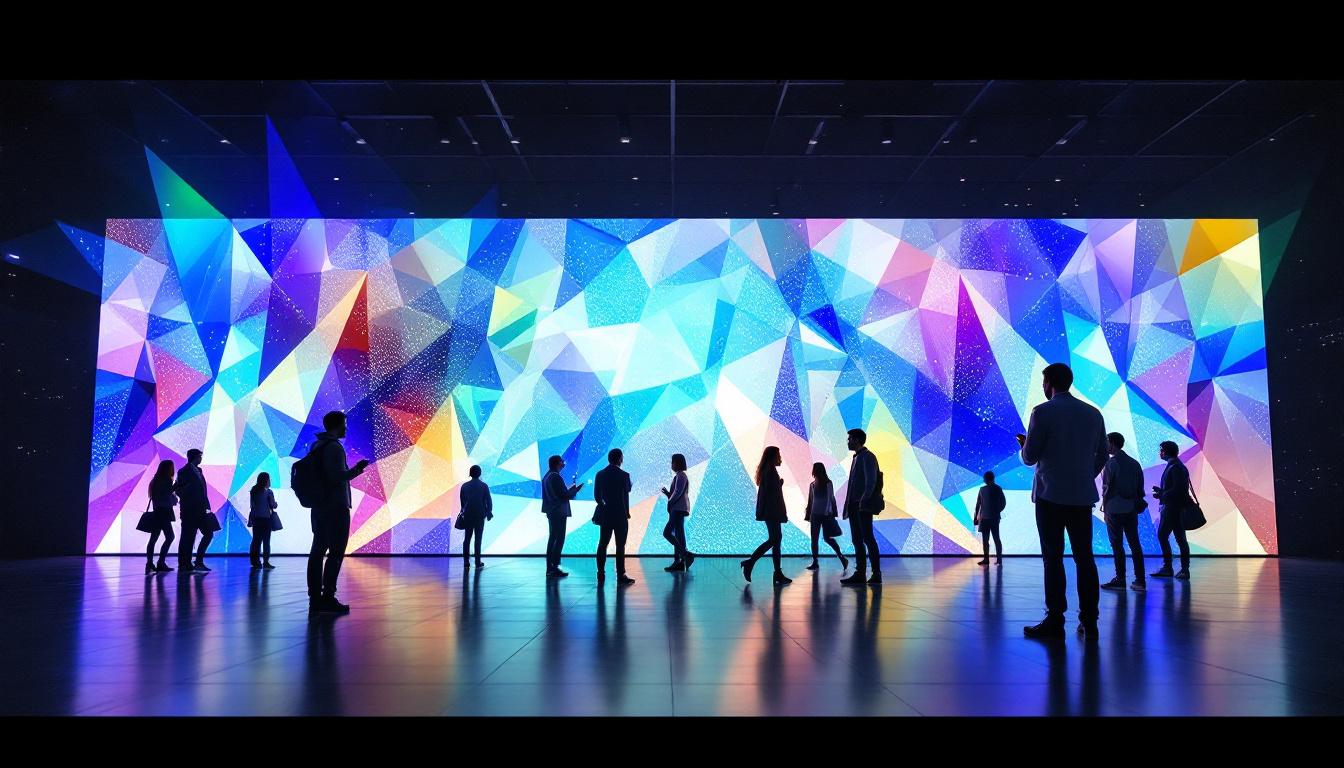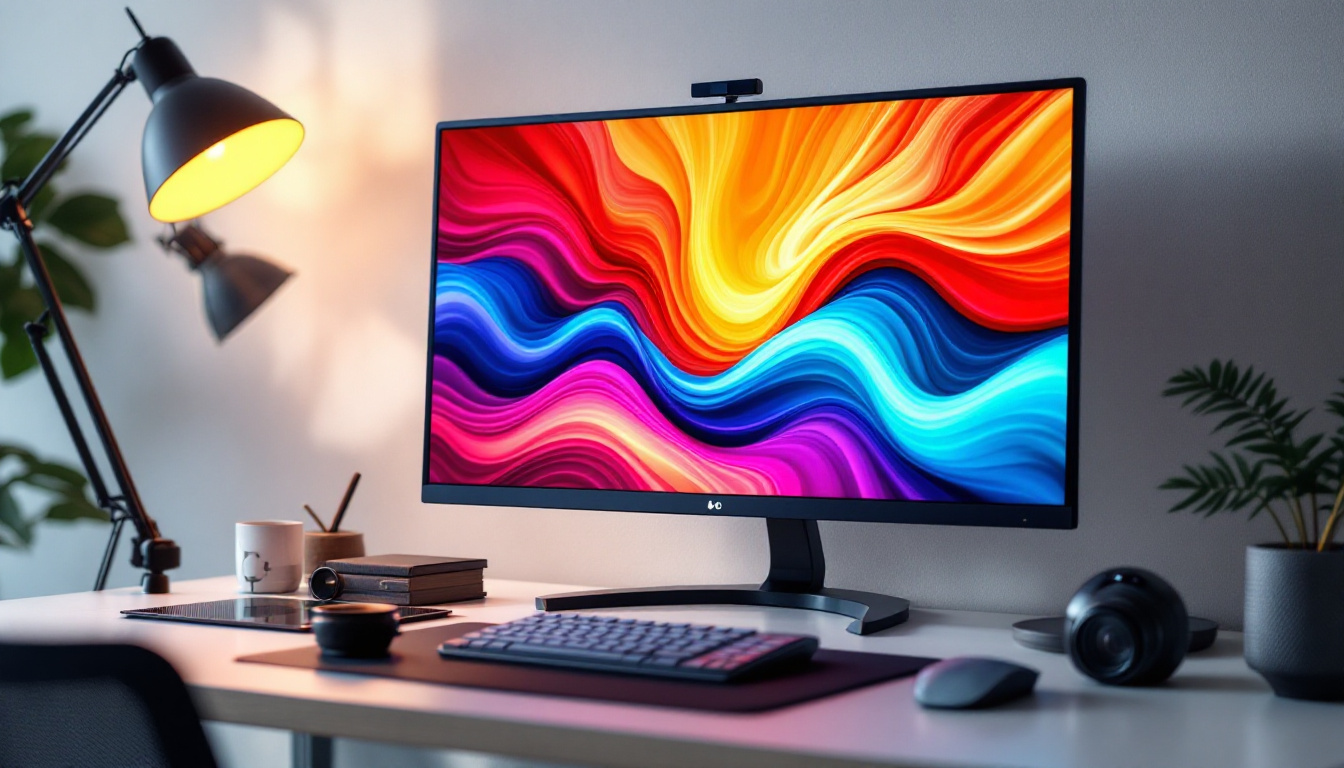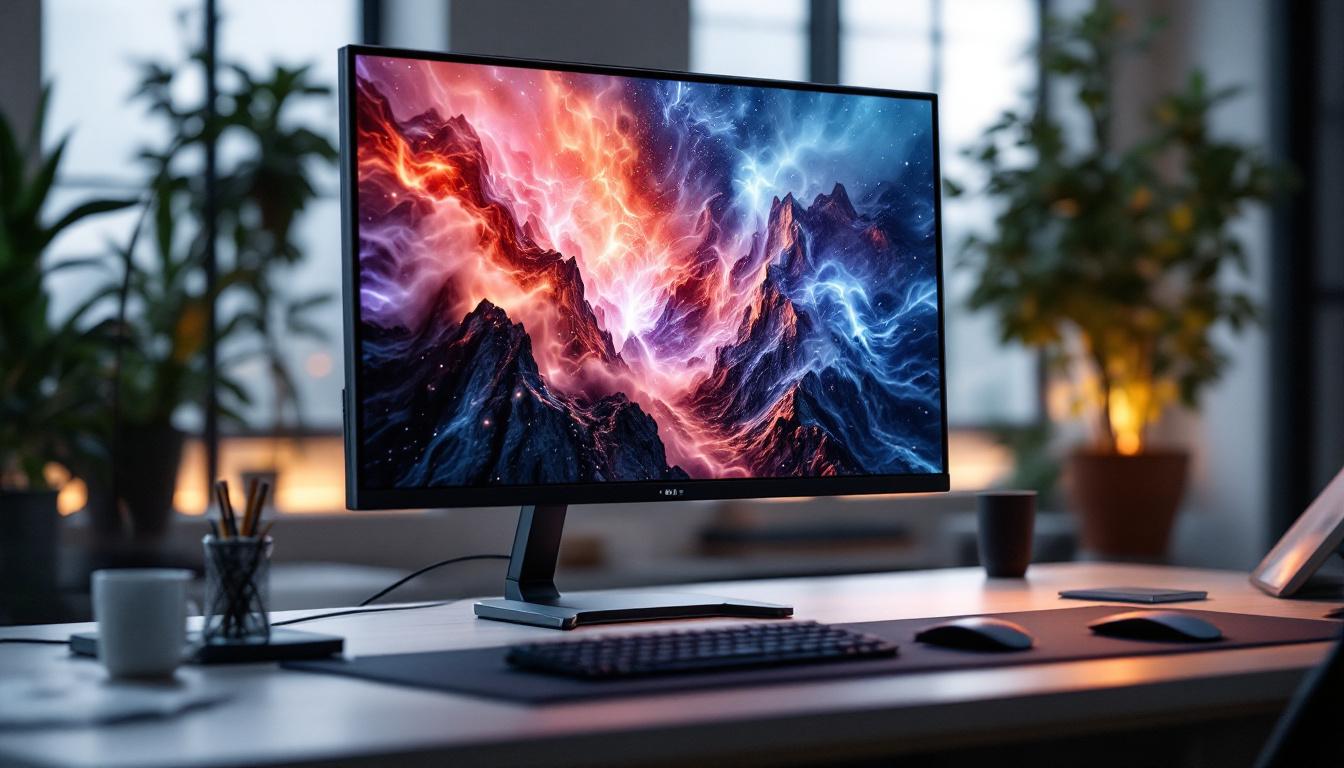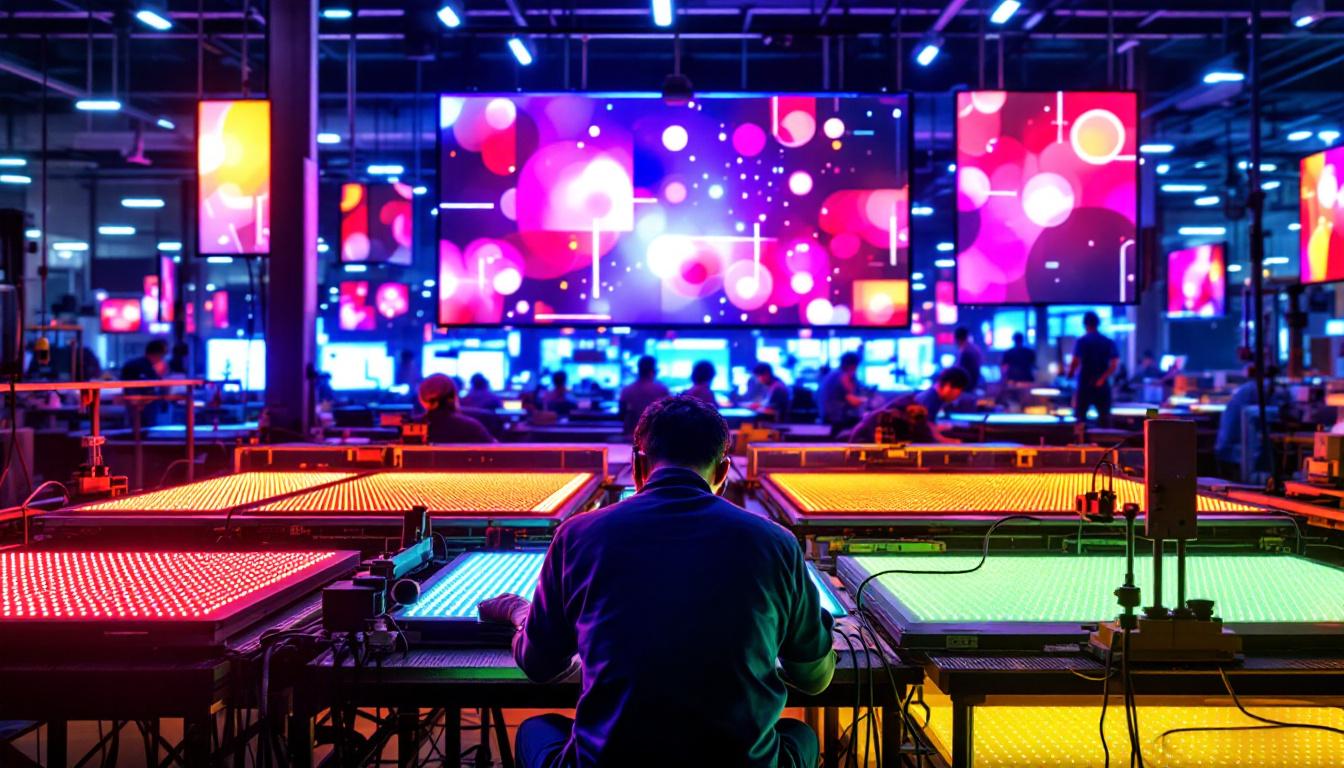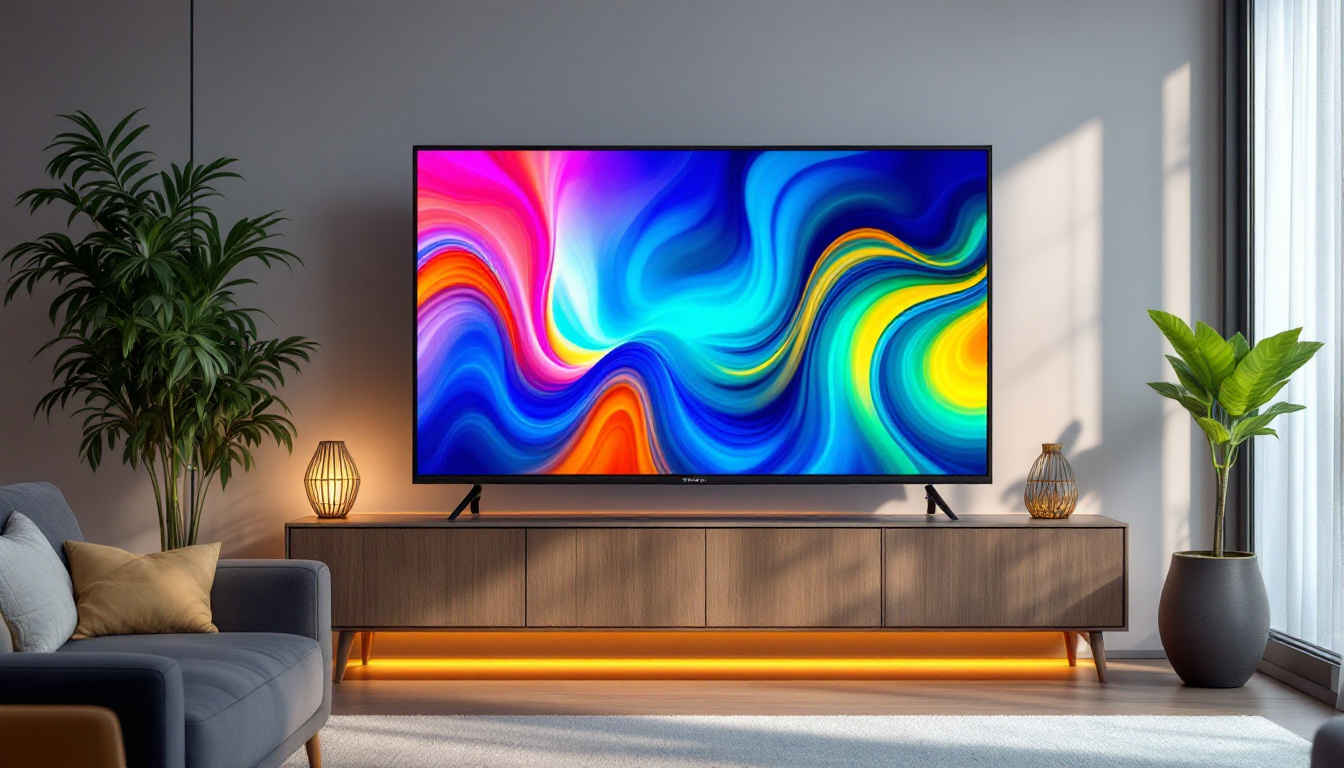In modern living spaces and commercial environments alike, mounting multiple TVs on a single wall has become a popular trend. Whether for immersive home theater setups, dynamic digital signage, or multi-source viewing in control rooms, the concept of placing three TVs side-by-side raises questions about display technology, installation logistics, and viewing experience. This article delves into the nuances of using three TVs on one wall, focusing particularly on LED display technology, its advantages, challenges, and best practices to ensure a seamless and visually appealing setup.
Understanding LED Display Technology
LED, or Light Emitting Diode, technology has revolutionized the way screens are designed and used. Unlike traditional LCD displays that rely on fluorescent backlighting, LED TVs use an array of tiny diodes that emit light when an electric current passes through them. This fundamental difference results in better brightness, contrast, and energy efficiency. The advancements in LED technology have also led to thinner and lighter screens, making them more versatile for various applications, from home theaters to commercial advertising displays.
When considering three TVs on one wall, it’s important to understand how LED displays function individually and collectively. Each LED TV operates as a self-contained unit with its own backlighting and display panel. The challenge arises in creating a cohesive visual experience across multiple screens, which can be addressed through careful selection and configuration. Factors such as color calibration, brightness settings, and viewing angles must all be taken into account to ensure that the images displayed on each screen appear seamless and harmonious, enhancing the overall viewing experience.
Types of LED Displays
There are primarily two types of LED displays used in TVs: edge-lit and full-array. Edge-lit LED TVs place LEDs along the edges of the screen, using light guides to evenly distribute illumination. Full-array LED TVs have LEDs spread directly behind the display panel, allowing for more precise local dimming and better contrast ratios. The choice between these types can significantly impact the viewing experience, especially in environments with varying lighting conditions.
For a multi-TV wall setup, full-array LED TVs are often preferred because their superior contrast and uniform brightness help maintain consistency across screens. This is especially important when the TVs are placed side-by-side to form a larger composite display. Additionally, the advancements in HDR (High Dynamic Range) technology, which is often paired with full-array LED setups, allow for a wider color gamut and improved detail in both the brightest and darkest parts of the image. This combination not only enhances the visual appeal but also makes full-array systems ideal for showcasing dynamic content, such as sports events or cinematic films, where every detail matters.
Why Choose Three TVs on One Wall?
Mounting three TVs on a single wall can serve various practical and aesthetic purposes. Understanding the motivations behind this setup helps in making informed decisions about the type of TVs, mounting hardware, and content management systems.
Enhanced Viewing Experience
In home entertainment, three TVs can be used to create an ultra-wide viewing area, ideal for immersive gaming, sports viewing, or cinematic experiences. By carefully aligning the screens, viewers get a panoramic effect that standard single TVs cannot provide.
For example, a 55-inch TV has a width of approximately 48 inches. Three of these placed edge-to-edge can create a nearly 12-foot-wide display area. This expansive setup is perfect for watching wide-format content or multitasking with multiple input sources. Imagine hosting a game night where one screen showcases the live game, another displays real-time stats, and the third streams social media reactions or commentary. This multi-screen approach not only enhances the experience but also keeps everyone engaged and informed.
Commercial and Professional Applications
In commercial settings such as retail stores, airports, or control centers, multiple TVs on one wall serve as digital signage or monitoring stations. Each screen can display different content streams or be combined to show a single large image or video.
Control rooms in industries like utilities, transportation, and security often use multi-TV walls to monitor various data feeds simultaneously. The modular nature of three TVs allows for easy maintenance and upgrades without disrupting the entire display system. Furthermore, in a retail environment, this setup can be leveraged for dynamic advertising campaigns, where each screen highlights different promotions or products, effectively capturing customer attention from multiple angles. The flexibility of content management systems allows businesses to tailor their messaging in real-time, adapting to customer behavior and maximizing engagement.
Moreover, the aesthetic appeal of a three-TV setup can transform a mundane wall into a striking visual centerpiece. With the right frame or mounting system, these screens can be integrated seamlessly into the decor, enhancing the overall ambiance of the space. This is particularly beneficial in high-end restaurants or lounges, where the visual experience is just as important as the food and service. By curating a visually cohesive and engaging display, businesses can elevate their brand image and create a memorable experience for their patrons.
Installation Considerations for Three TVs on One Wall
Installing three TVs side-by-side involves more than just physical mounting. Proper planning ensures safety, optimal viewing angles, and aesthetic appeal. Below are critical factors to consider during installation.
Wall Strength and Mounting Hardware
Three TVs mounted together create a significant combined weight. It’s essential to verify that the wall can support this load, especially if the TVs are large. Stud finders, wall anchors, and heavy-duty mounting brackets are necessary to ensure stability and safety.
Using a mounting system designed for multi-screen arrays can simplify the process. These systems often include adjustable brackets that help align the TVs perfectly and maintain consistent spacing between them.
Alignment and Spacing
One of the biggest challenges when placing multiple TVs on one wall is achieving perfect alignment. Even a slight misalignment can be distracting and reduce the immersive effect. Professional installers often use laser levels and spacers to ensure that the TVs are flush and evenly spaced.
Spacing between the TVs, known as the bezel gap, is another consideration. Modern TVs tend to have thinner bezels, but the visible frame still creates a break between screens. Choosing TVs with ultra-thin bezels minimizes this gap, making the multi-TV wall appear more like a single, continuous display.
Cable Management
With three TVs, cable clutter can quickly become an issue. Planning for power outlets, HDMI cables, and any network connections ahead of time helps maintain a clean and professional look. Using cable raceways or in-wall cable management systems can hide wires and prevent tangling.
Content Management and Synchronization
Displaying content across three TVs effectively requires thoughtful content management and synchronization strategies. Depending on the intended use, the approach can vary significantly.
Independent vs. Synchronized Displays
Each TV can display independent content, which is common in commercial environments where different advertisements or information streams run simultaneously. Alternatively, the three TVs can be synchronized to display a single, large image or video split across the screens.
Synchronized displays require video processors or splitters that can handle multi-screen output. These devices ensure that the content is perfectly aligned and timed across all three TVs, preventing lag or image distortion.
Software Solutions
Several software platforms specialize in managing multi-display setups. These tools allow users to control what appears on each screen, schedule content, and adjust settings remotely. For home users, some smart TV ecosystems support multi-screen casting and mirroring, simplifying content sharing.
In professional settings, digital signage software often integrates with networked TVs, enabling centralized control and real-time updates. This capability is particularly valuable in retail and public spaces where content needs to be fresh and relevant.
Advantages and Challenges of Using Three TVs on One Wall
While the concept of three TVs on one wall offers many benefits, it also comes with its own set of challenges. Understanding these can help users decide whether this setup is right for their needs.
Advantages
- Flexibility: Multiple TVs allow for diverse content display options, from independent streams to combined panoramic views.
- Scalability: It’s easier to upgrade or replace individual TVs without overhauling the entire system.
- Cost-Effective: Compared to custom large-format LED walls, using three consumer-grade LED TVs can be more budget-friendly.
- Energy Efficiency: Modern LED TVs consume less power than older display technologies, even when used in multiples.
Challenges
- Bezel Gaps: Even the thinnest bezels create visible lines between screens, which can disrupt the viewing experience.
- Color and Brightness Matching: TVs from different batches or models may have slight variations, requiring calibration for uniformity.
- Complex Installation: Mounting and aligning three TVs requires precision and may need professional assistance.
- Content Synchronization: Ensuring smooth, lag-free content across all screens can require additional hardware and software.
Alternatives to Three Separate TVs: LED Video Walls
For those seeking a truly seamless large display without bezel interruptions, LED video walls offer an alternative solution. These are composed of modular LED panels designed to fit together with virtually no gaps, creating a continuous image.
LED video walls are common in stadiums, concert venues, and high-end commercial installations. They provide superior brightness and color uniformity but come at a significantly higher cost and complexity compared to mounting three individual LED TVs.
For residential or small business use, three LED TVs remain a practical and visually impressive option, balancing cost, ease of installation, and performance.
Conclusion: Making the Most of Three TVs on One Wall
Mounting three TVs on one wall using LED display technology offers a versatile and visually engaging solution for both personal and professional environments. By understanding the technology behind LED displays, carefully planning the installation, and managing content effectively, users can create a stunning multi-screen setup that enhances viewing experiences and meets diverse needs.
While challenges like bezel gaps and synchronization require attention, the benefits of flexibility, scalability, and cost-effectiveness make this approach appealing. Whether for immersive home entertainment, dynamic digital signage, or complex monitoring systems, three TVs on one wall can deliver impactful results when executed thoughtfully.
Discover LumenMatrix’s Innovative LED Solutions
Ready to elevate your space with a cutting-edge LED display? LumenMatrix offers a comprehensive range of LED solutions that bring your vision to life. From immersive indoor and outdoor displays to specialized options like vehicle, sports, and custom LED displays, our technology is designed to captivate and engage. Experience the future of visual communication with our advanced LED modules. Check out LumenMatrix LED Display Solutions today and transform your environment with unparalleled clarity and impact.


